MARKET OVERVIEW
In the healthcare industry plays a paramount role in society, the Global Healthcare Compliance Software market stands as a critical component, ensuring the integrity and regulatory adherence of healthcare organizations worldwide. The realm of healthcare compliance is constantly evolving, underpinned by an ever-increasing importance and the pressing need to uphold industry standards and legal requirements.
The global healthcare compliance software market is a vibrant ecosystem that revolves around the creation, distribution, and utilization of specialized software solutions tailored to address the unique challenges and intricacies faced by healthcare providers, pharmaceutical companies, and medical institutions. These solutions are designed to assist healthcare entities in meeting the stringent standards and regulations imposed by governments and international bodies while ensuring patient safety and data security.
The significance of this market becomes apparent when one considers the delicate nature of healthcare. In the context of healthcare compliance, the software that supports it becomes a lifeline, safeguarding both the patients' well-being and the organizations' financial and reputational health. The very existence of healthcare compliance software is an assurance to patients and stakeholders that the healthcare industry is committed to maintaining transparency and accountability.
The importance of this market transcends the superficial, reaching deep into the core of healthcare delivery and administration. These software solutions enable healthcare institutions to keep up with the evolving regulatory landscape, manage risk effectively, and facilitate ethical decision-making. In essence, they provide a sense of security to patients, knowing that their health information is handled with the utmost care, and that their treatment adheres to stringent ethical and legal guidelines.
Beyond patient safety, the healthcare compliance software market also caters to the financial stability of healthcare organizations. The ever-increasing complexities of healthcare regulations can result in substantial fines and legal consequences if not managed effectively. Compliance software acts as a financial shield, minimizing the risk of legal disputes, and ensuring that resources are allocated to patient care rather than legal battles.
In a world where data is an invaluable asset, healthcare compliance software takes on the role of a guardian. It protects sensitive patient data from falling into the wrong hands, averting breaches that could harm patients and tarnish the reputation of healthcare institutions. The data security and privacy aspects are of utmost importance, ensuring that personal information remains confidential, an attribute that is indispensable in the healthcare industry.
The need for healthcare compliance software is not a hypothetical concept; it is an absolute necessity. The intricate regulations, the intricate web of interactions in the healthcare ecosystem, and the critical need to protect patients, financial assets, and data demand comprehensive solutions. These software systems are the unsung heroes that silently ensure that healthcare institutions function efficiently, ethically, and within the boundaries of the law.
Global Healthcare Compliance Software market is estimated to reach $3,713.3 Million by 2030; growing at a CAGR of 10.8% from 2023 to 2030.
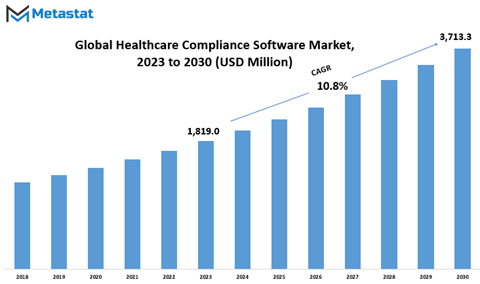
GROWTH FACTORS
The Healthcare Compliance Software Market is experiencing significant growth, primarily driven by the increasing demand for software that ensures compliance with ever-evolving regulations. This demand arises from the constant need for healthcare institutions to adapt to changing legal and regulatory requirements. Healthcare compliance software plays a crucial role in helping organizations navigate this complex landscape.
One key driving factor of the market is the rising need for software to ensure that healthcare organizations comply with changing regulations. The healthcare industry is subject to a multitude of rules and standards aimed at safeguarding patient data, maintaining quality of care, and adhering to legal requirements. As these regulations frequently evolve, healthcare providers require software solutions that can swiftly adapt to the changing compliance landscape.
Another driver of the Healthcare Compliance Software Market is the increasing demand for software to ensure smooth employee training and risk assessment. Healthcare institutions need to train their staff on compliance protocols and continuously assess and mitigate risks. Compliance software simplifies these tasks, ensuring that employees are well-informed and that potential risks are promptly identified and addressed.
However, there are certain challenges that might hamper the growth of the market. One such challenge is the high deployment costs associated with healthcare compliance software. Implementing and maintaining such software can be a significant financial burden for healthcare organizations, especially smaller ones. These costs can deter some institutions from investing in compliance software.
Another obstacle is the heightened risks of malicious threats and attacks. As healthcare compliance software deals with sensitive patient data and critical information, it becomes a target for cyber threats. Ensuring the security and integrity of compliance software is a top priority. The evolving landscape of cyber threats poses a constant challenge for the healthcare sector.
Despite these challenges, the Healthcare Compliance Software Market is poised for growth in the coming years. One of the reasons behind this is the gradual rise in the use of software in hospitals and clinics, particularly in emerging economies. As healthcare institutions in these regions modernize their operations, there is an increasing realization of the importance of compliance software in maintaining standards and safeguarding patient well-being.
MARKET SEGMENTATION
By Type
The market revolves around two type of healthcare compliance software, with significant categories namely On-premises and Cloud-based solutions. Both play pivotal roles in addressing the compliance challenges faced by healthcare providers.
The On-premises segment offers software solutions that are installed and run on the local servers and computer systems of healthcare organizations. In 2021, this segment was valued at 407.5 USD Million. It's a choice that offers a sense of control and security, as organizations have direct oversight of their data and systems. On-premises solutions are often favored by healthcare providers who prioritize data security and are hesitant about entrusting sensitive patient information to external servers.
Moreover, the Cloud-based segment represents software solutions that are hosted on remote servers and accessed over the internet. In 2021, this segment was valued at 1083.2 USD Million, indicating a significant preference for cloud-based solutions. Cloud-based software offers scalability, accessibility, and flexibility, making it an attractive option for healthcare providers. It enables organizations to adapt to changing compliance requirements swiftly and offers the advantage of remote access, allowing professionals to work from anywhere with an internet connection.
By Application
Healthcare providers come in various forms, and their compliance needs can differ significantly. As a result, the software is tailored to meet the specific requirements of different applications. The primary application segments include Hospitals, Speciality Clinics, and Others.
Hospitals represent the largest segment, with a valuation of 928.8 USD Million in 2021. Hospitals are complex healthcare institutions that deal with a wide range of services and patient interactions. They must adhere to a myriad of compliance regulations, covering everything from patient data privacy to billing and coding. Healthcare compliance software in hospitals streamlines these processes, ensuring that the institution complies with all necessary regulations and standards. It aids in safeguarding patient information and maintaining operational efficiency.
Speciality Clinics, valued at 373.5 USD Million in 2021, cater to specific medical fields such as cardiology, dermatology, or orthopedics. These clinics have distinct compliance needs related to their areas of specialization. The software designed for speciality clinics is customized to address the unique requirements and standards pertinent to their medical focus. This targeted approach ensures that compliance is met without overwhelming the clinic with unnecessary features.
Next segment, Others, encompasses a diverse range of healthcare providers and facilities, including nursing homes, rehabilitation centers, and outpatient care centers. This segment was valued at 188.4 USD Million in 2021. Compliance software for these institutions is designed to be adaptable, accommodating the varying needs of different providers in this category. It ensures that each can adhere to specific compliance regulations relevant to their operations.
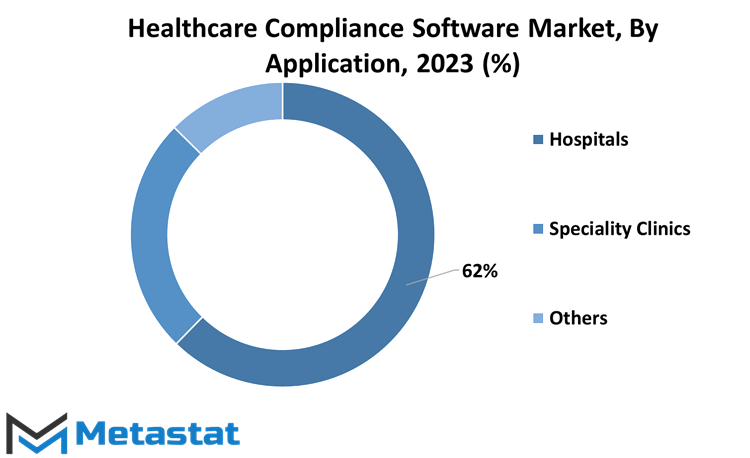
REGIONAL ANALYSIS
Healthcare compliance is a critical aspect of the healthcare industry, ensuring that medical practices and institutions adhere to regulations and standards to provide safe and effective care. As the healthcare landscape continues to evolve, the need for efficient compliance management becomes increasingly important. To address this, the healthcare compliance software market has emerged as a pivotal solution.
This software segment offers a range of tools and systems designed to streamline and automate compliance processes, reducing the burden on healthcare providers and institutions. It ensures adherence to a plethora of regulations, from patient data protection (such as HIPAA in the United States) to quality standards and billing regulations.
The global healthcare compliance software market is vast and diverse, with various players providing a wide array of solutions. The market is divided into distinct geographical regions, each with its unique dynamics and needs.
North America stands as a prominent player in the global healthcare compliance software market. The region boasts a highly regulated healthcare industry, with stringent compliance requirements. In the United States, for instance, healthcare providers are bound by laws such as the Health Insurance Portability and Accountability Act (HIPAA), which mandates the protection of patient data. Healthcare compliance software solutions in North America are tailored to address these specific regulatory demands.
Europe, too, is a significant market in the healthcare compliance software sector. The European healthcare landscape is characterized by its diversity, with each country maintaining its own set of regulations and standards. This complexity necessitates adaptable software solutions that can cater to varying compliance needs across the continent.
Asia, on the other hand, is an emerging market for healthcare compliance software. As healthcare systems in the region grow and become more regulated, the demand for compliance solutions is on the rise. Software providers are keen to tap into this burgeoning market by offering solutions that can accommodate the diverse regulatory environment across Asian countries.
Other regions around the world also contribute to the global healthcare compliance software market. Each has its unique set of compliance challenges and needs, and software providers must tailor their solutions accordingly.
COMPETITIVE PLAYERS
Healthcare compliance is a critical aspect of the medical field, ensuring that healthcare providers adhere to the myriad of rules and regulations that govern the industry. In an era where technology has become an integral part of our lives, healthcare compliance software has emerged as a vital tool to facilitate and streamline the adherence to these complex regulations.
This software plays a pivotal role in managing compliance issues efficiently and effectively. It aids in tracking, reporting, and ensuring that healthcare organizations, including hospitals, clinics, and insurance companies, meet the legal requirements governing patient data protection, billing practices, and healthcare quality.
One of the prominent aspects of healthcare compliance software is its ability to keep organizations up to date with the ever-changing healthcare laws and regulations. It provides alerts and updates, ensuring that medical professionals and their staff remain compliant with the latest legal requirements, minimizing the risk of costly violations and penalties.
Moreover, this software offers a centralized platform to store and manage compliance-related documents, making it easier for healthcare organizations to maintain records and swiftly access them during audits or inspections. This not only enhances efficiency but also significantly reduces the burden of paperwork and manual record-keeping.
Key players operating in the healthcare compliance software industry include Healthicity and Compliancy Group. These companies provide software solutions that cater to the unique needs of healthcare organizations. Healthicity, for instance, offers software that simplifies auditing, monitoring, and compliance tracking. It helps organizations maintain a proactive approach to compliance, reducing the risk of violations.
Compliancy Group, on the other hand, focuses on ensuring that healthcare organizations achieve HIPAA compliance. Their software and services are designed to simplify the complex process of adhering to the Health Insurance Portability and Accountability Act, which is crucial for safeguarding patient information.
Healthcare Compliance Software Market Key Segments:
By Type
- On-premises
- Cloud-based
By Application
- Hospitals
- Specialty Clinics
- Others
Key Global Healthcare Compliance Software Industry Players
- Healthicity
- Compliancy Group
- Complete Medical Solutions
- ECFS
- Accountable HQ
- RLDatix
- Change Healthcare
- ComplyAssistant
- HIPAA Solutions
- Contract Guardian
- ConvergePoint
- MedTrainer
- SAI360
- Symplr
- Imprivata
WHAT REPORT PROVIDES
- Full in-depth analysis of the parent Industry
- Important changes in market and its dynamics
- Segmentation details of the market
- Former, on-going, and projected market analysis in terms of volume and value
- Assessment of niche industry developments
- Market share analysis
- Key strategies of major players
- Emerging segments and regional growth potential



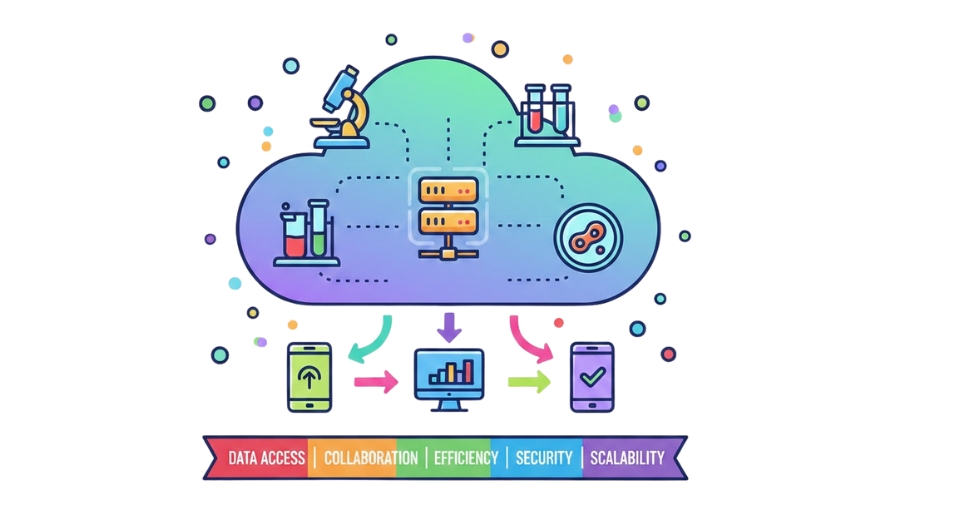
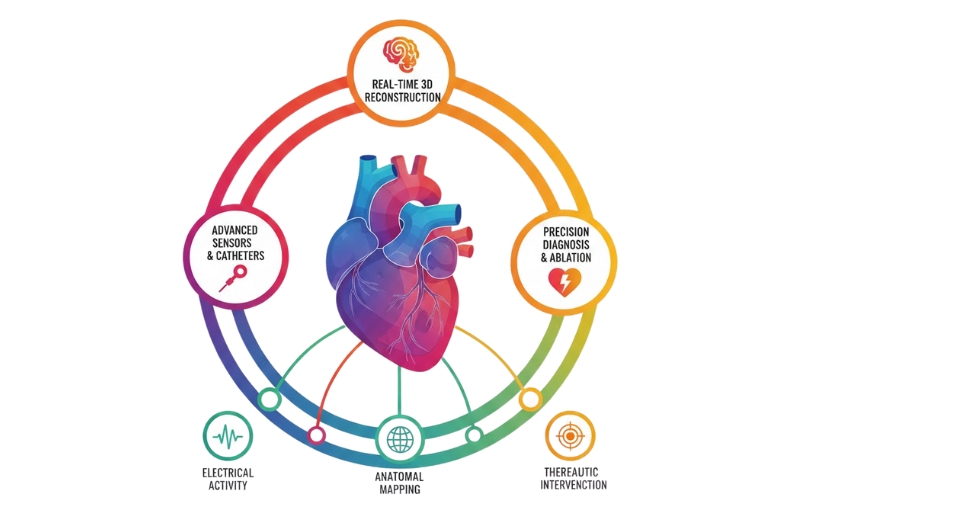
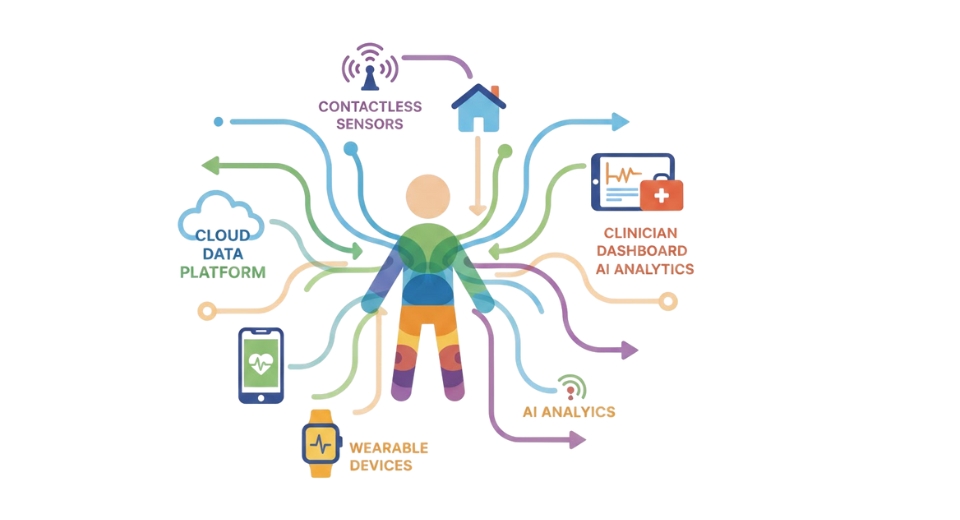
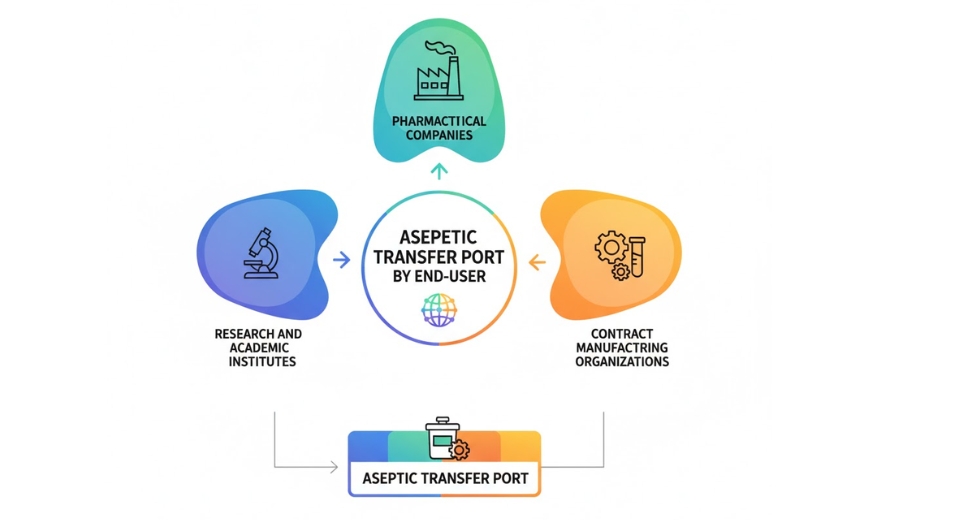

 US: +1-(714)-364-8383
US: +1-(714)-364-8383






